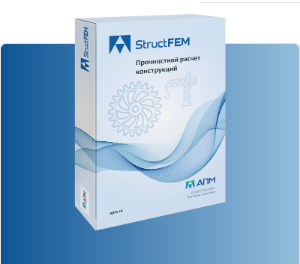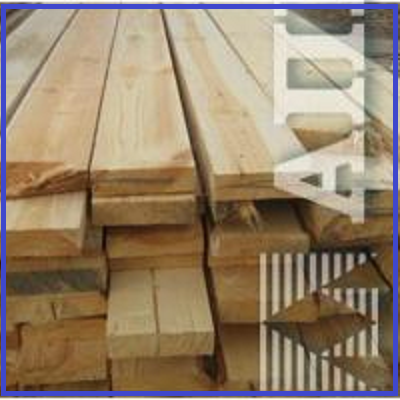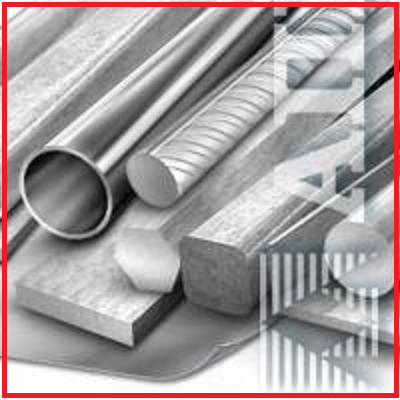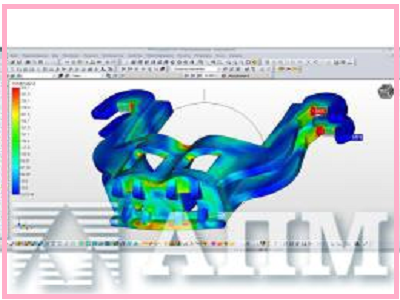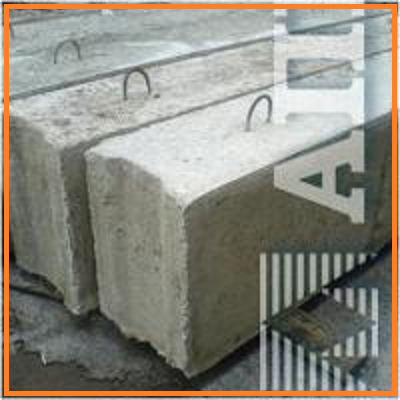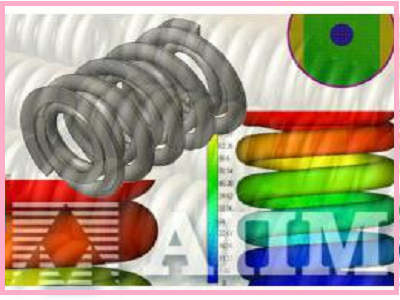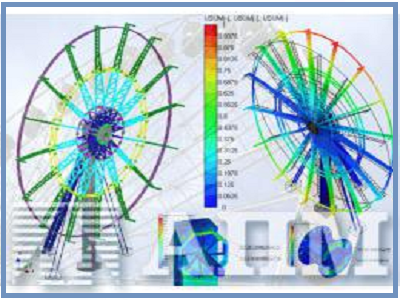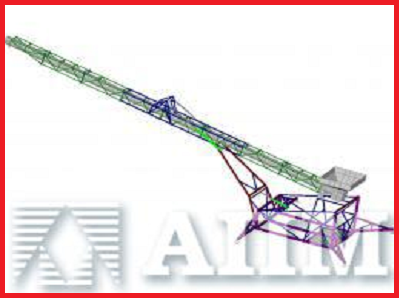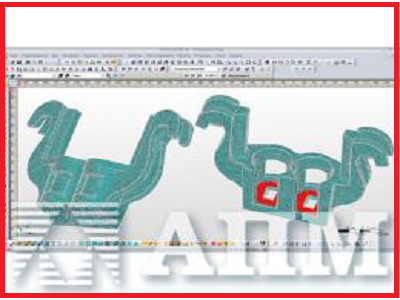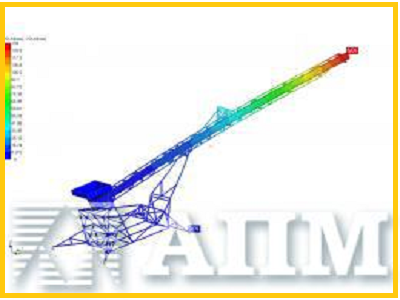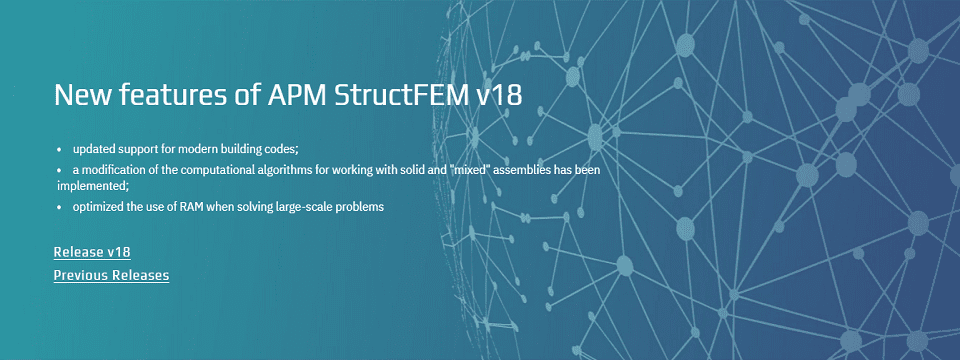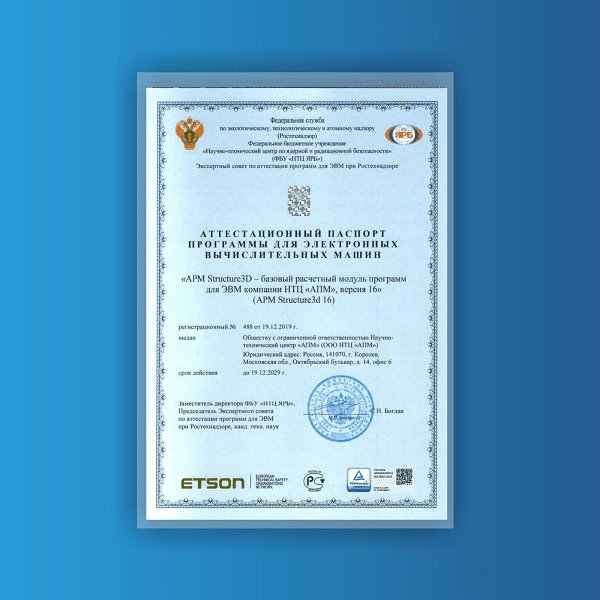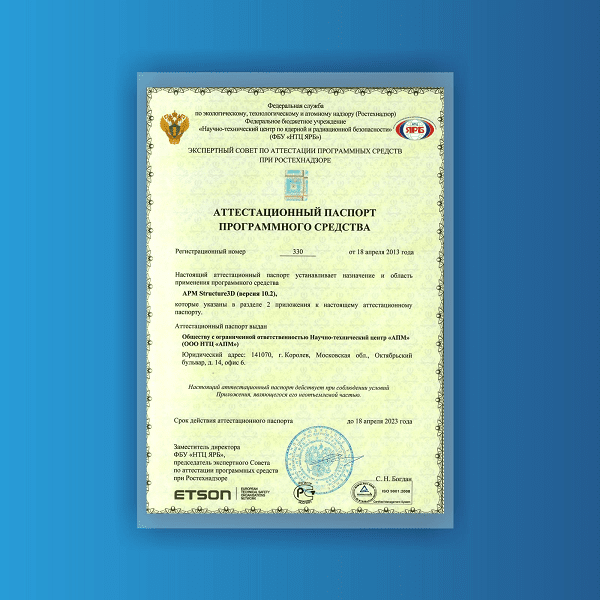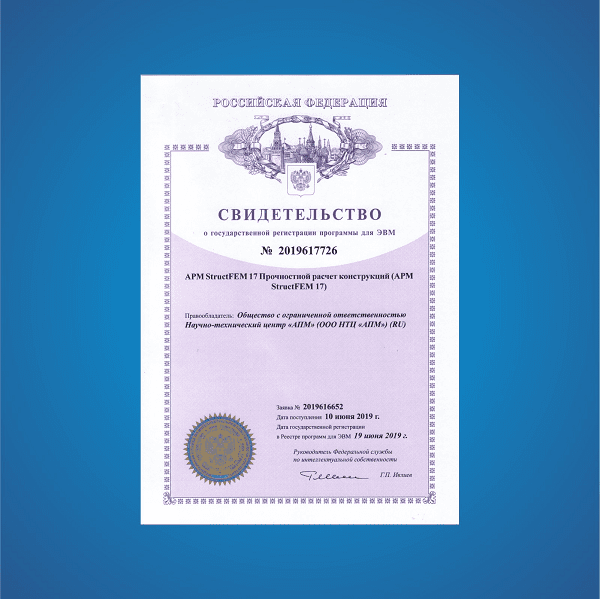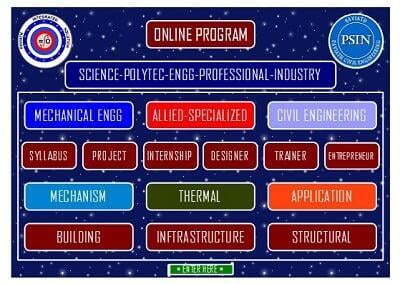 Russian CAE-system for automated strength analysis. In fact, it is an integral part of the APM WinMachinesoftware product , but it can function as a standalone one.
Russian CAE-system for automated strength analysis. In fact, it is an integral part of the APM WinMachinesoftware product , but it can function as a standalone one.
The APM StructFEM software product allows you to analyze the stress-strain state (using the finite element method) of three-dimensional objects of any complexity with arbitrary fixation, static or dynamic (force or temperature) loading.
Finite element analysis tools allow you to prepare a structure model for analysis using bar (beam), plate and solid finite elements. The finite element mesh can be generated automatically or manually. In this case, the original geometry can be obtained from third-party CAD systems by importing STEP, SAT files.
The product also includes a specialized calculation module for the analysis of connections in structures. This allows, having received information about the loading of the joint, to select its optimal characteristics, for example, the minimum required diameters and the number of bolts or rivets, legs and length of the weld, etc.
APM StructFEM is intended for use in the following areas: automotive, nuclear, oil and gas, heavy and lifting and transport engineering, railway transport, education (training university students of technical specialties), etc.
In addition, in addition to the basic capabilities for the product, additional functionalities (options) are available :
- Composite : calculation of structures made of composite materials;
- Fracture : fracture mechanics;
- Fatigue : calculation of endurance;
- Harmonic : harmonic analysis;
- Pipe : calculation of pipeline elements;
- TopOpt : topological optimization.
Product APM StructFEM registered in the Register of Russian computer programs and databases :
The calculated core of the APM StructFEM product - the APM Structure3Dmodule - has an attestation certificate for the software tool issued by ROSTEKHNADZOR, FBU "STC NRS".
SOFTWARE CERTIFICATION PASSPORT 2019 This attestation passport establishes the purpose and
scope of the APM Structure 3D software tool.
This attestation passport establishes the purpose and
scope of the APM Structure 3D software tool.
SOFTWARE CERTIFICATION PASSPORT 2013 This attestation passport establishes the purpose and
scope of the APM Structure 3D software tool.
This attestation passport establishes the purpose and
scope of the APM Structure 3D software tool.
Working documentation
This section contains working documentation, namely installation instructions and user guides.
Up-to-date user guides are presented as separate documents for each module included in APM WinMachine :
- APM Structure3D - a module for calculating the stress-strain state, stability, natural and forced vibrations of parts and structures by the finite element method;
- APM Studio - pre- and postprocessor for creating models for strength (finite element) analysis with the ability to import files in STEP format;
- APM Graph - a flat parametric drawing and graphic editor with a tool for calculating dimensional chains;
- APM Dynamics - module for kinematic analysis of linkage mechanisms;
- APM Joint - module for calculating and designing connections of machine elements;
- APM Base is a module for creating and editing databases.
Detailed installation instructions are described in the document.
Minimum hardware requirements:
- Two processors (cores) supporting 64-bit addressing.
- The amount of RAM is 4 GB.
- The amount of free space on the hard disk is 500 GB. Radeon
 or Nvidia graphics card with hardware OpenGL support.
or Nvidia graphics card with hardware OpenGL support.
Hardware Requirements for Comfortable Operation:
- 4-core processor supporting 64-bit addressing.
- The amount of RAM is 12 GB.
- The size of free space on the hard disk is 1.5 TB.
- Video card with hardware support for OpenGL.
- Two or more physical processors supporting 64-bit addressing.
- The amount of RAM - 32 GB and more.
- Radeon or Nvidia graphics card with hardware support for OpenGL.
- The presence of 3 physical disks:the 1st physical disk 1.5 TB is intended for the installation and operation of the OS;2nd physical disk 1.5 TB is designed for storing and recording calculation files;The 3rd physical disk 2.0 TB in RAID0 arrays is intended for writing / reading temporary files.
The software is designed for personal computers and runs in the operating environments MS Windows Server 2008, MS Windows Server 2012, MS Windows 8, 10
Russian CAE-automated strength analysis system. In fact, it is an integral part of the APM WinMachinesoftware product , but it can function as an independent one.
The APM StructFEM software product allows for the analysis of the stress-strain state (using the finite element method) of three-dimensional objects of any complexity with arbitrary fixation, static or dynamic (force or temperature) loading.
Finite element analysis tools allow preparing a structural model for calculations using bar (beam), lamellar and solid finite elements. The finite element mesh can be built automatically or manually. At the same time, the original geometry can be obtained from third-party CAD-systems by importing STEP and SAT file formats.
The product also includes a specialized calculation module for analyzing compounds in structures. This allows, having received information about the loading of the joint, to select its optimal characteristics, for example, the minimum required diameters and number of bolts or rivets, the leg and the length of the weld, etc.
APM StructFEM is intended for use in the following areas: automotive, nuclear, oil and gas, heavy and lifting and transport engineering, railway transport, education (training students of universities of technical specialties), etc.
This product is offered in two configurations:
- ST - the dimension of tasks to be solved does not exceed 1.5 million degrees of freedom;
- XE - there are no restrictions on the dimensions of the tasks being solved (the actual dimension is limited by the amount of RAM of the PC)
In addition to the basic features for the product, additional functionality is available (options) :
- Composite : calculation of structures made of composite materials;
- Fracture : design calculation with crack propagation analysis;
- Fatigue : fatigue analysis, calculation using random loads;
- Pipe : using special CEs for pipeline calculations;
- TopOpt : topological optimization of structures.
The product APM StructFEM is registered in the Register of Russian computer programs and databases :
The calculated core of the APM StructFEM product - the APM Structure3Dmodule - has a software certification certificate issued by ROSTEKHNADZOR, FBU NTC NRS.
- distribution of stresses and their components;
- linear and angular displacements;
- deformations;
- internal efforts;
- safety factors for the yield and strength of the material.
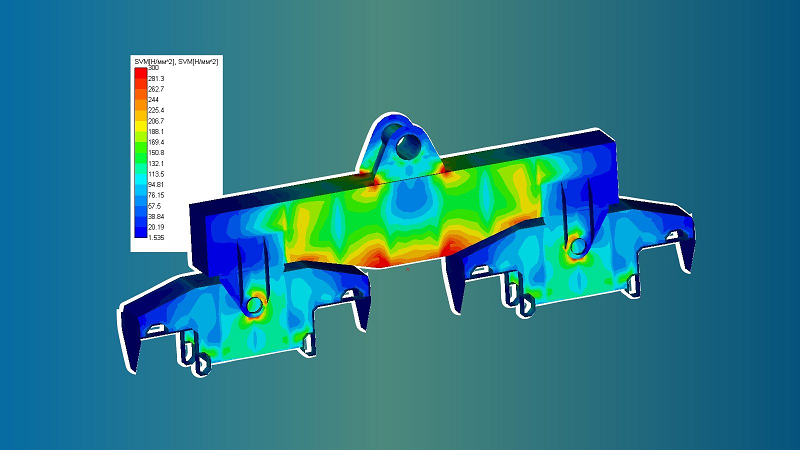
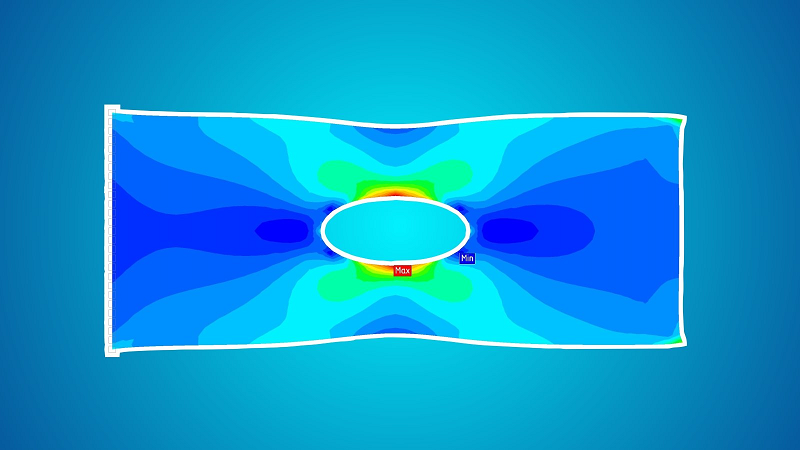
- consideration of geometric and physical nonlinearity;
- contact interaction;
- modeling of the process of loading and unloading
- specialized heat loads;
- temperature distribution maps;
- heat flow distribution maps;
- temperature change rate.
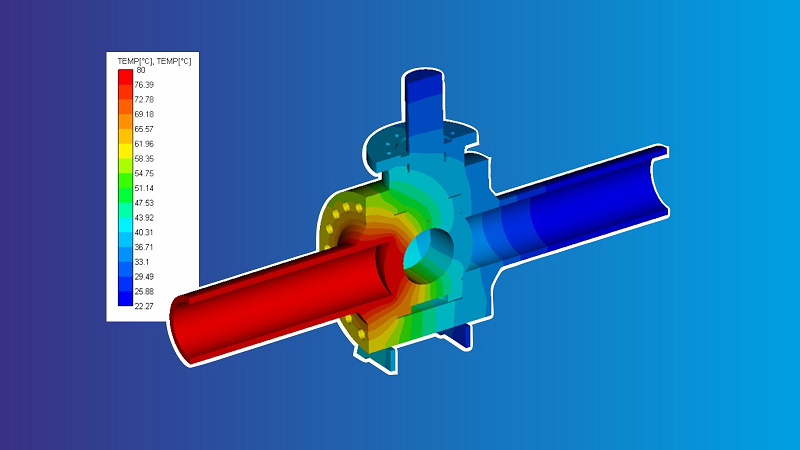
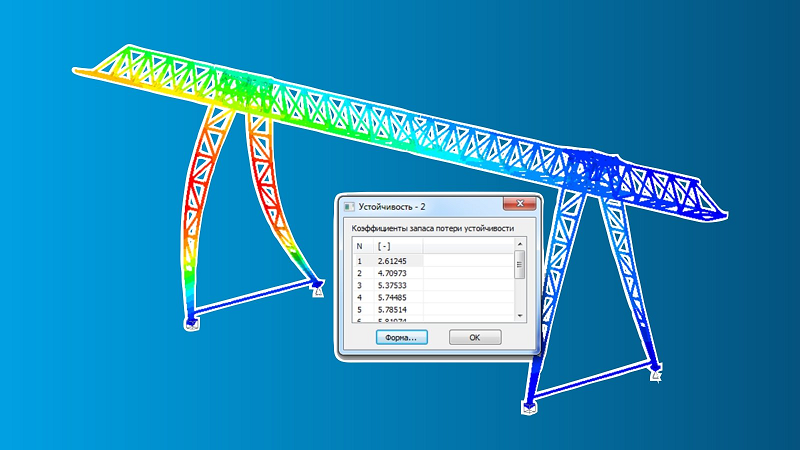
- determination of safety factors;
- construction of forms of loss of stability.
- determination of natural frequencies;
- building your own forms.
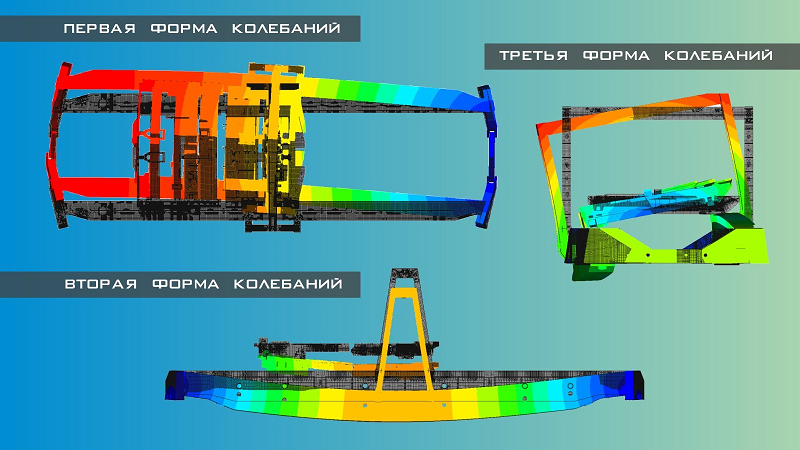
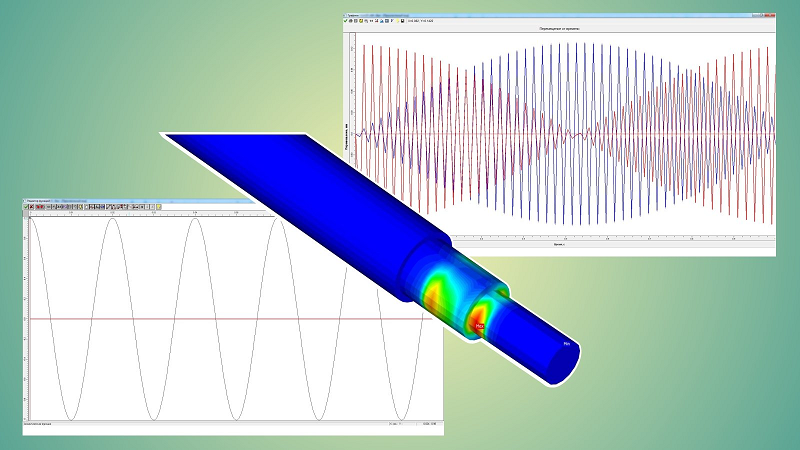
- the task of the schedule of change of the forcing efforts;
- animation of the maps of the stress-strain state of the structure;
- check the absence of resonance phenomena.
- threaded;
- welded;
- riveting;
- compound rotation bodies.
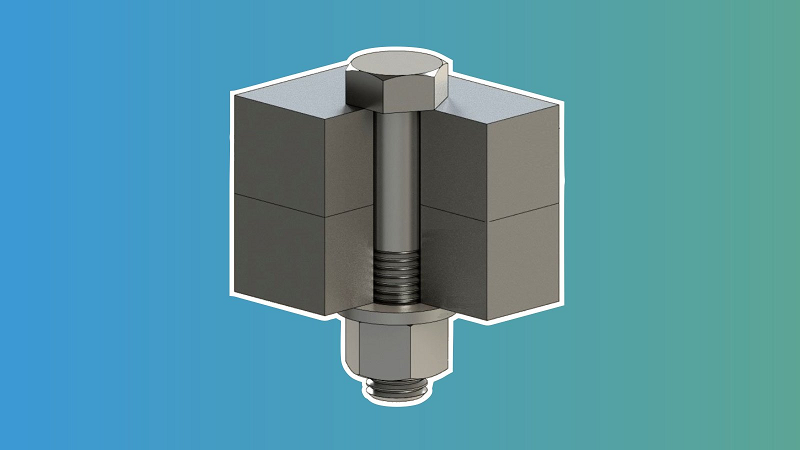
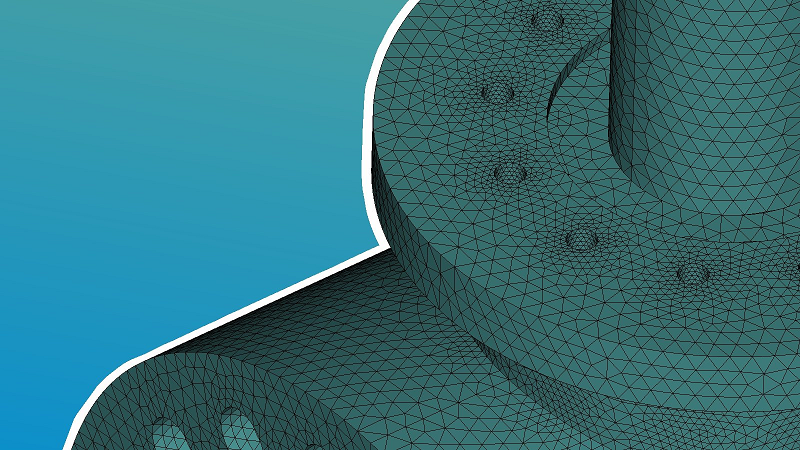
- automatic generation of CE nets on surface and solid-state 3D models;
- constant or variable (adaptive) partitioning step;
- additional functions of predisintegration of edges and surfaces;
- the possibility of "manual" editing created KE-grid;
- work with rod, plate and solid-state CE.




The composition of APM StructFEM
 | APM Structure3D - the module for calculating the stress-strain state, stability, own and forced oscillations of parts and structures by the finite element method |
 | APM Graph - a flat parametric drawing and graphics editor with a tool for calculating dimensional chains |
 | APM Studio - pre- and postprocessor for creating models for strength (finite element analysis) with the ability to import STEP files |
 | APM Joint - module for calculating and designing connections of machine elements |
 | APM Base - module for creating and editing databases |
 | APM Section Data - database of parametric sections |
 | APM Mechanical Data - database of graphic information of standard parts and assemblies, reference data on engineering |
 | APM Material Data - material parameters database |
 | APM Construction Data - database of graphic information on standard parts and elements of building structures |
Functionality APM StructFEM
Linear solutions
- Calculation of stress-strain state (static calculation)
- Calculation of safety factors and buckling
Nonlinear solutions
- Calculation of stress-strain state in view of the geometric and physical nonlinearity
- Calculation of stress-strain state in the case of contact interaction
- Calculation in the case of very large-scale deformation in view of geometrical and physical nonlinearity.
- Modeling of shock interaction (crash tests)
dynamic analysis
- Determination of frequencies and modes of vibration including
a preloading - Calculation of the forced vibrations modeling system responses
real-time mode with a given law of variation of the driving load - Calculation of fatigue strength under the influence of cyclical external influence at a constant, variable and random modes loaded
- Calculation of vibration bases
- Modeling the behavior of structures under seismic actions
Types of finite elements (to create a computational model)
- Rod arbitrary cross-sections
- Flexible elements sided hardness: ropes, cables and shrouds, etc.
- The shell and plate: isoparametric first order 3,
4 and the second 6 and node 8 - Solid volume: isoparametric first order (4, 8)
- Tubular
- Special elements: elastic connection, elastic supports, contact elements, concentrated masses and moments of inertia, etc.
- Superelement method substructures
Types of materials
- Isotropic
- orthotropic
- Anisotropic
- Multilayer
- Composite
The boundary conditions allow for the imposition of restrictions through the use of:
- absolutely rigid supports and pillars with partly exempt bonds
- elastic supports bi-directional communications
- elastic supports with unidirectional links
- rigid connections of elements, compounds with partially exempt bonds and connections eccentric elements
- supports with the given values of linear and angular displacements possible
- contact elements
Loads and effects
- Concentrated forces and moments (fixed and variable over time)
- Moving loads
- Distributed loads along the length, area and volume of the load (constant, variable depending on the coordinates and time-varying)
- Loads specified linear and / or angular displacement (constant
and time-varying) - Snow, wind (taking into account the fluctuating wind component),
as well as seismic loads (SNIP), taking into account the distributed
and concentrated masses, linear and rotational degrees of freedom - Hydrostatic pressure type
- The pressure contact type
- The calculated combination of effort (DCS)
- Centrifugal (defined linear and / or angular acceleration)
- gravity
The results of the calculations are as follows:
- Maps and diagrams of equivalent stresses and their components and the principal stresses
- Maps and diagrams of linear, angular and total displacements
- Maps and diagrams of distribution of deformations in design elements
- Maps and diagrams of internal force distribution
- The map of distribution efforts in the contact zone
- Safety factors and buckling
- map allocation of safety factors and the number of the criterion of fatigue strength cycles
- Map allocation of safety factors for strength and durability
- Map of the distribution of the accumulated per unit volume of the internal strain energy
- coordinates of the center of gravity, weight, volume, length, surface area, moments of inertia design model
- Moments of inertia, static moments and cross-sectional areas
- The bearing forces and total reaction model shown in the center of gravity
- An animated presentation of the results
distribution maps are available both on the surface and the rod section and the volume elements.
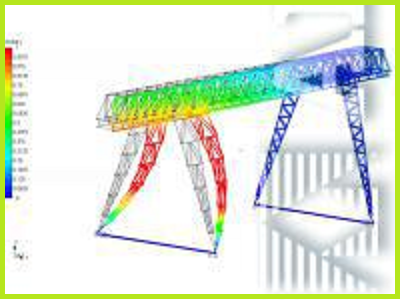
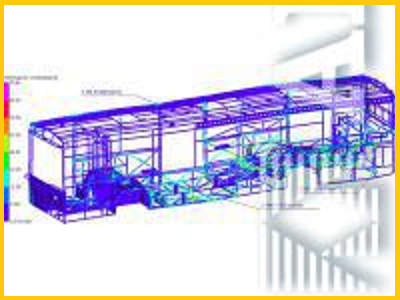
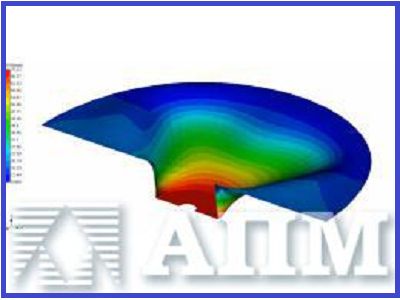
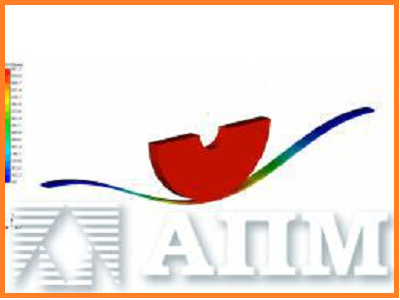
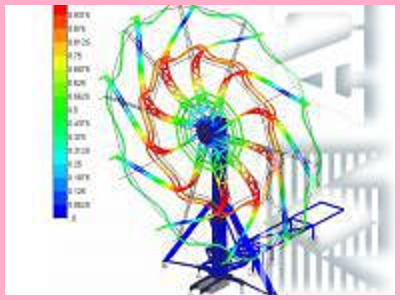
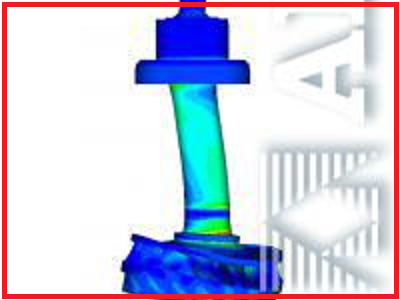
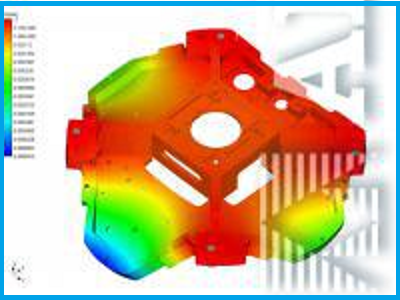
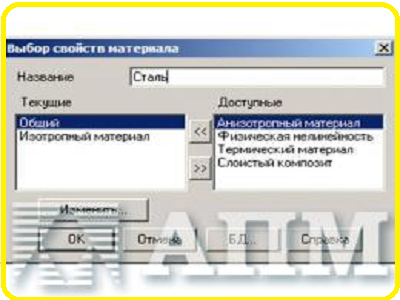
Strength calculation of structures (APM StructFEM)
The Struct the APM to FEM is designed to solve a wide range of engineering problems. The system is based on the mathematical kernel of finite element analysis of the APM the Structure 3, the D .

